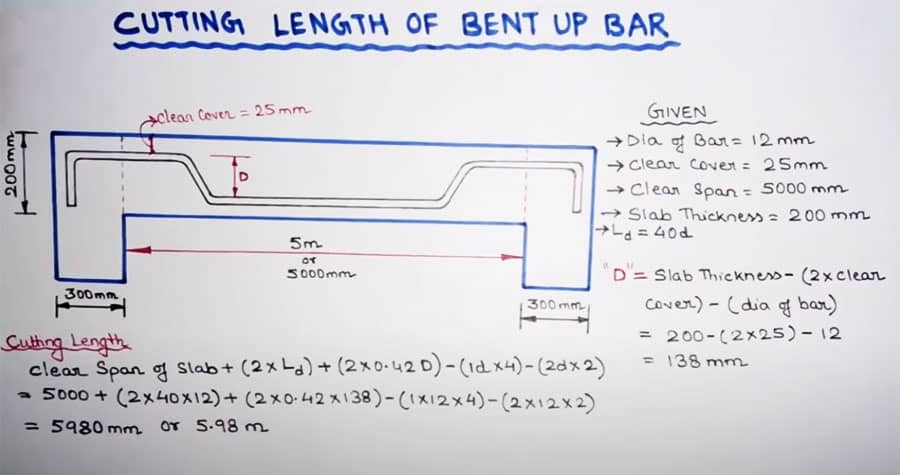Mysteries of Bent Up Bars: The Significance of Cranked Bars in Beam & Slab Construction

Understanding the Purpose of Bent Up Bars
In the realm of structural engineering, the intricacies of reinforcement bars play a pivotal role in fortifying the integrity of concrete structures. Among these, bent up bars, also known as cranked bars, serve a crucial function in enhancing the load-bearing capacity and resilience of beams and slabs.
The Mechanics Behind Bent Up Bars
- Reinforcing Structural Integrity: Bent up bars are strategically incorporated within the concrete framework to counteract the tensile stresses exerted on the structure. By curving these bars upwards at specific intervals along the length of the beam or slab, engineers effectively distribute and disperse the load, preventing the formation of cracks and ensuring structural stability.
- Mitigating Tensile Forces: One of the primary challenges faced in reinforced concrete structures is the vulnerability to tensile forces. Unlike compression, concrete exhibits limited tensile strength, making it susceptible to cracking under excessive loads. Bent up bars address this issue by intercepting and redistributing these forces, thereby bolstering the structural resilience and longevity of the construction.
Application and Placement of Cranked Bars
- Strategic Positioning for Optimal Reinforcement: The placement of bent up bars is meticulously calculated to coincide with the anticipated stress points within the structure. Typically, these bars are positioned at predetermined intervals along the span of the beam or slab, aligning with areas of anticipated tensile stress. This strategic arrangement ensures comprehensive reinforcement throughout the structure, effectively augmenting its load-bearing capacity.
- Enhancing Flexural Strength: By incorporating cranked bars at critical junctures, engineers can significantly enhance the flexural strength of the structure. This strategic reinforcement minimizes deflection and improves overall performance under varying loads, ensuring structural integrity even in adverse conditions.
Advantages of Utilizing Bent Up Bars
- Improved Structural Resilience: The inclusion of bent up bars confers numerous advantages, chief among them being the enhancement of structural resilience. By fortifying the concrete framework against tensile stresses, these bars mitigate the risk of structural failure and prolong the lifespan of the construction.
- Optimal Utilization of Materials: In addition to enhancing structural integrity, bent up bars facilitate the optimal utilization of construction materials. By strategically reinforcing key sections of the structure, engineers can minimize material wastage while maximizing the load-bearing capacity, thereby optimizing both cost-efficiency and structural performance.
For More information, Please view the following video tutorial
Source: Learning Civil Technology
Conclusion
In conclusion, the utilization of bent up bars represents a cornerstone of modern structural engineering, offering a robust solution for fortifying concrete beams and slabs against tensile stresses. By strategically positioning these cranked bars within the framework, engineers can significantly enhance the structural resilience and longevity of the construction, ensuring optimal performance under varying loads.
